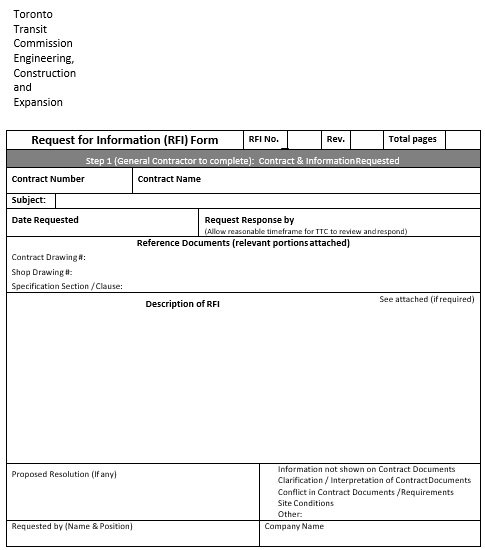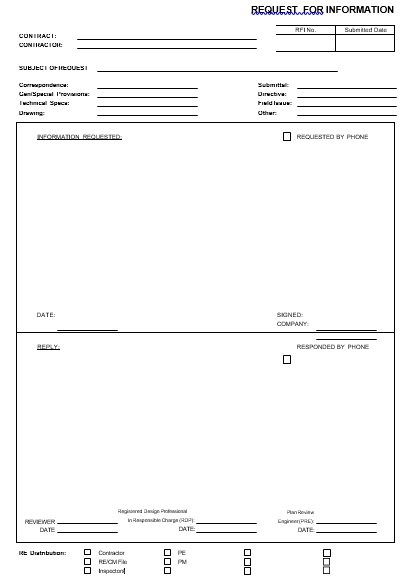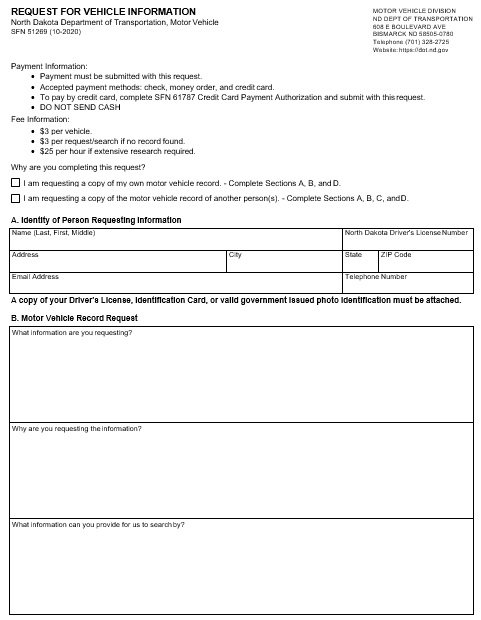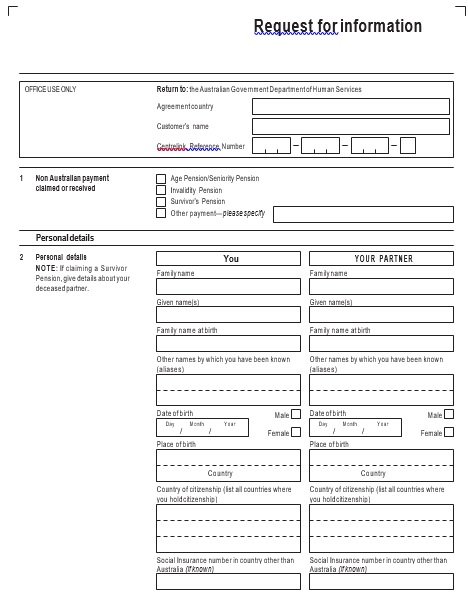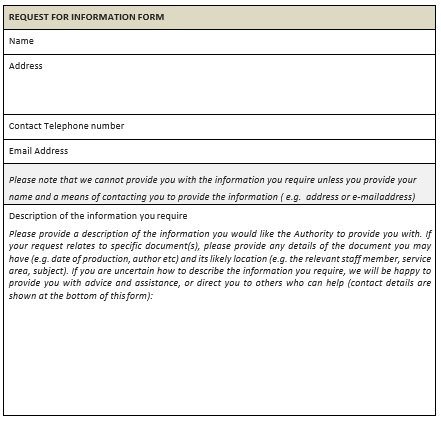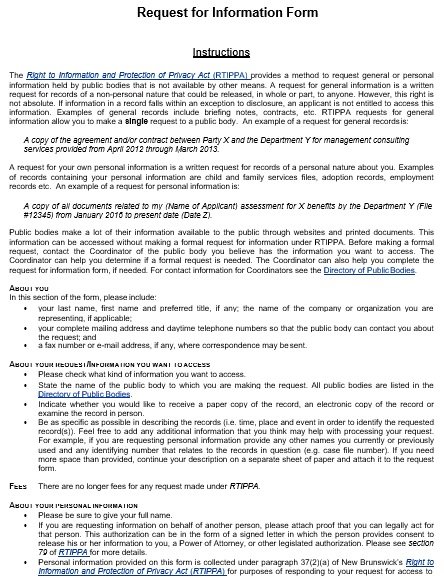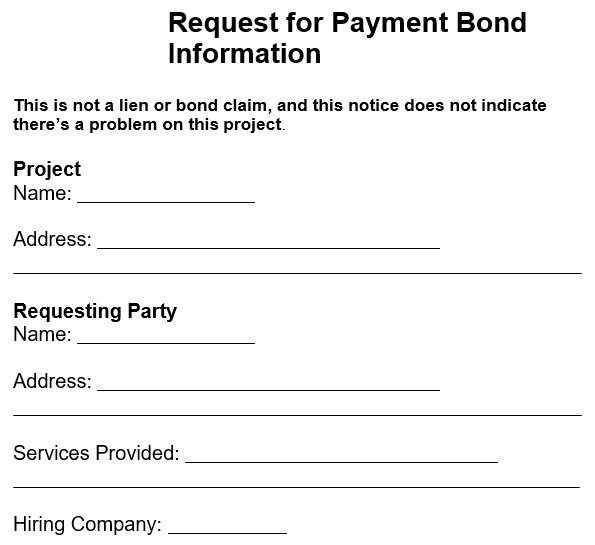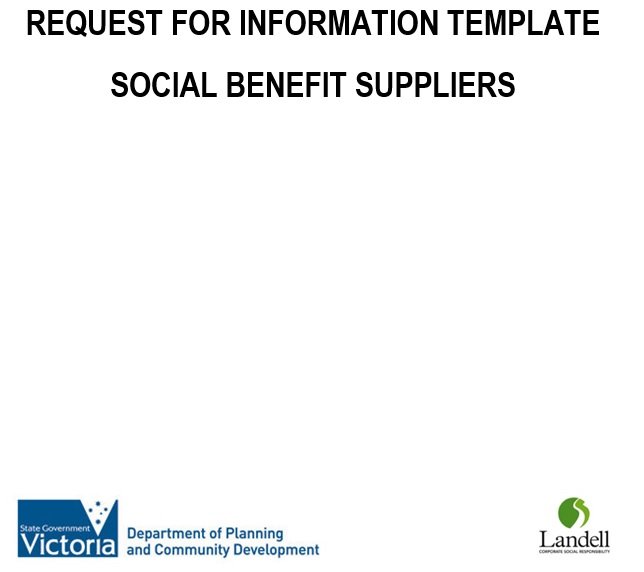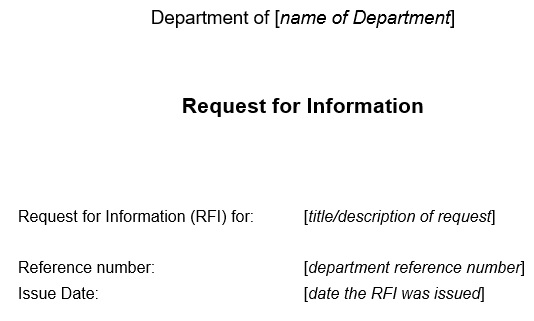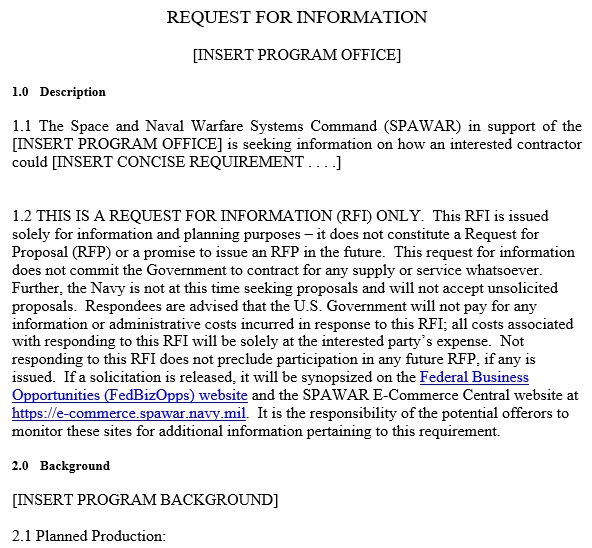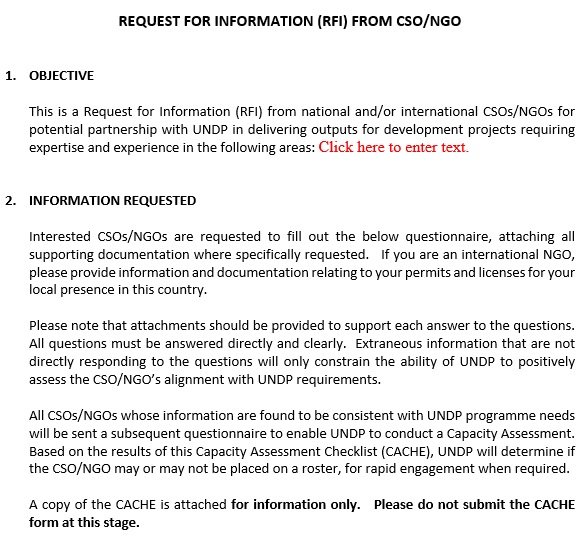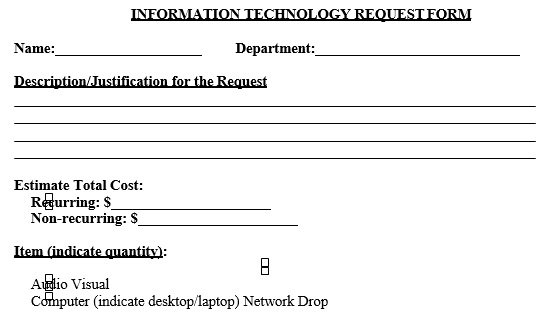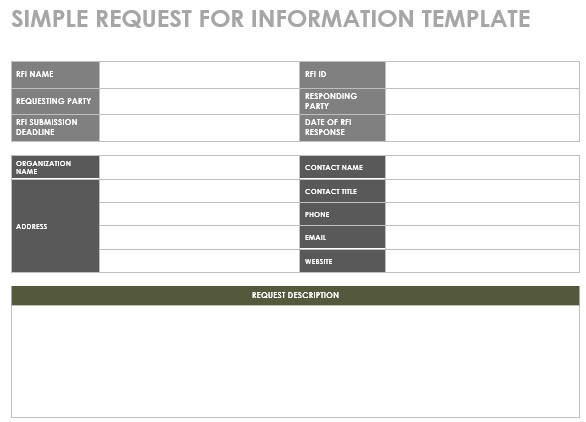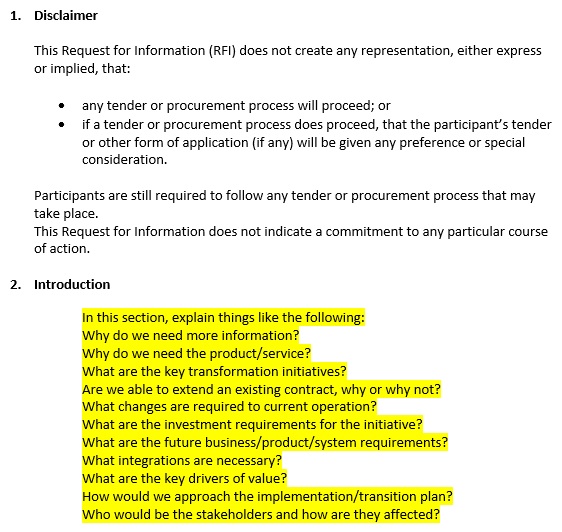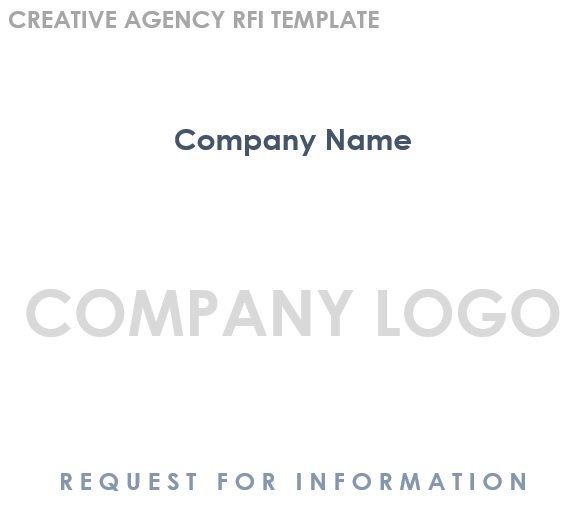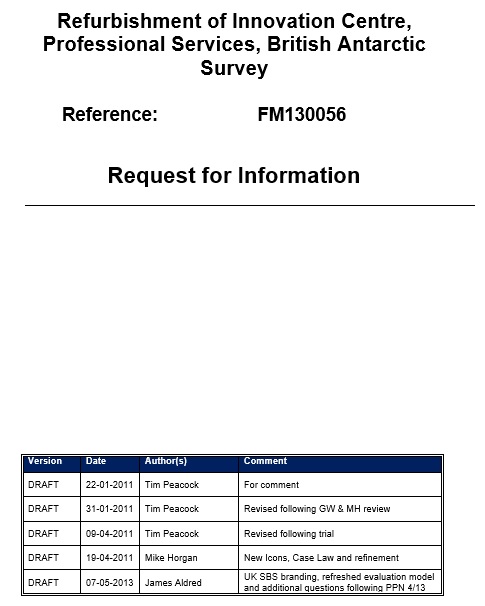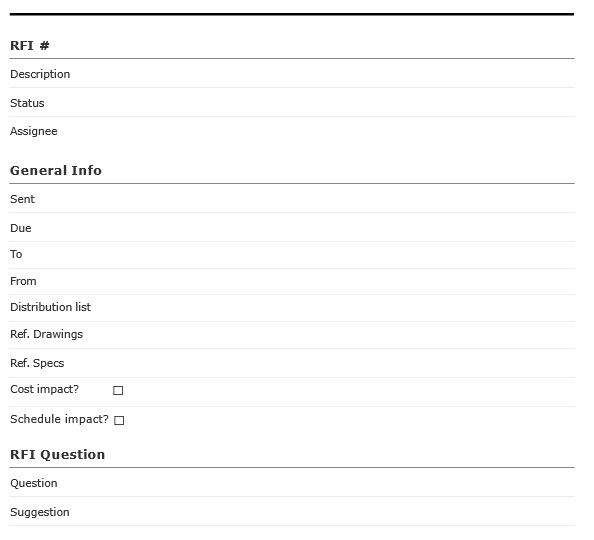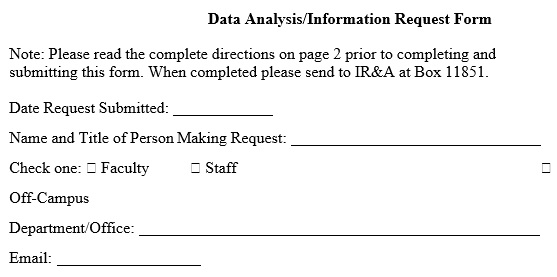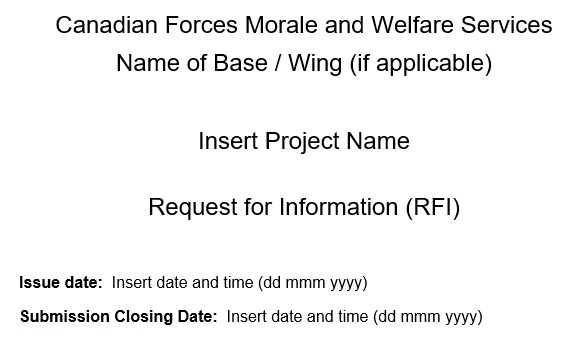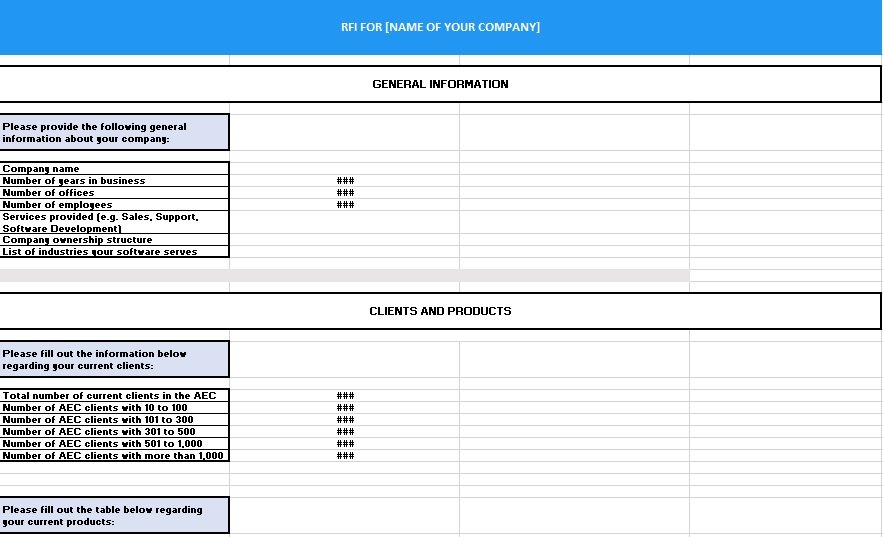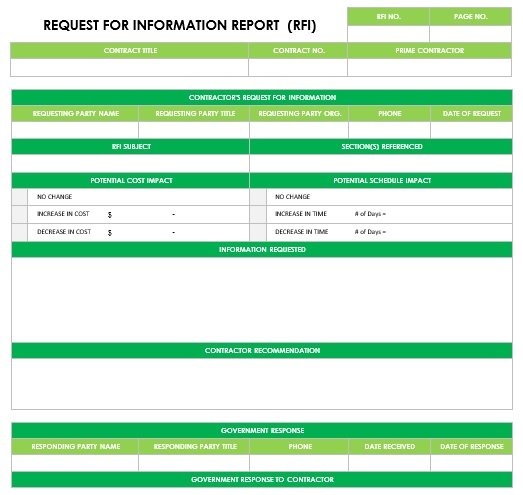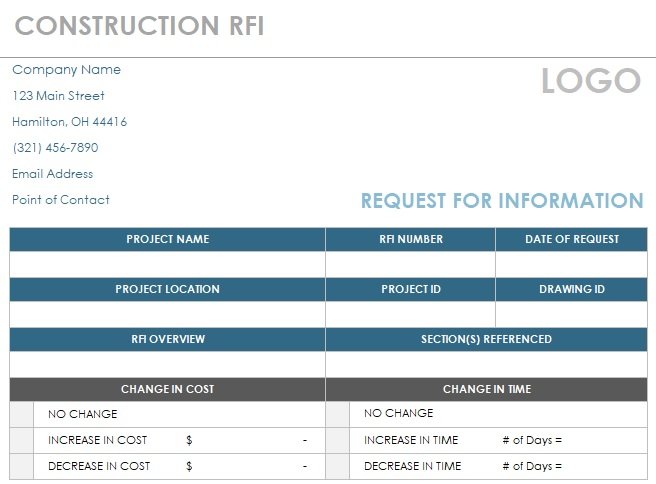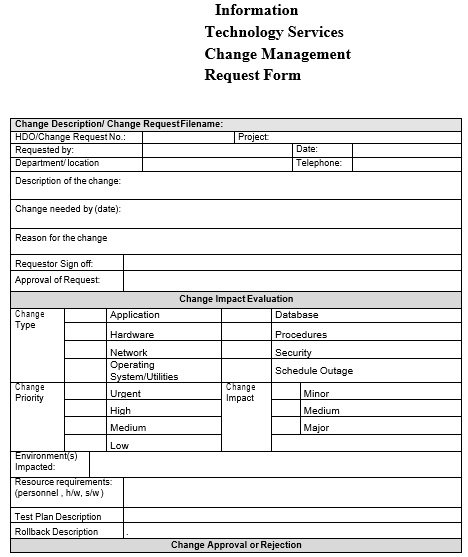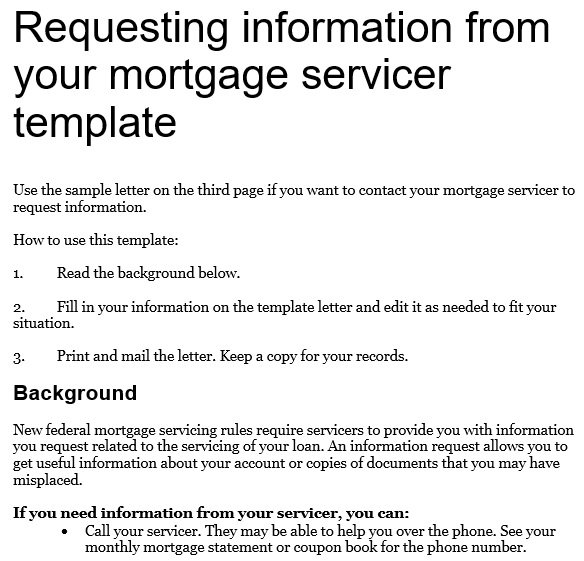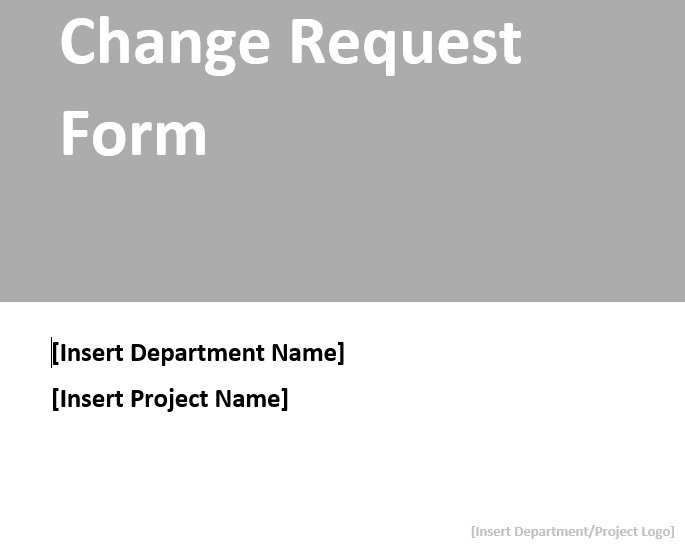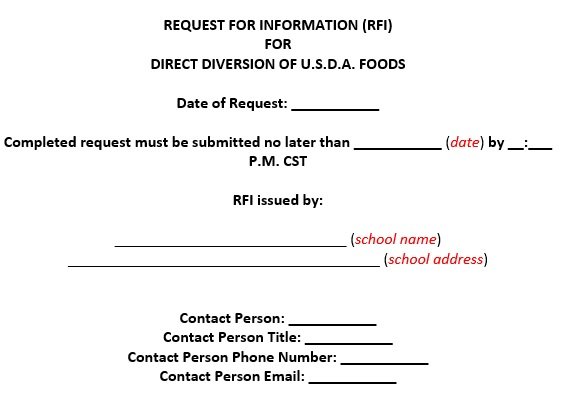A request for information template allows you to request for information about a service or product from an agency or supplier in a formal documented way. This document is used to ask from suppliers about the solutions they can give to make your comparison of suppliers easier. This way, you can receive comparable and useful information from vendors.
Table of Contents
- 1 When should you use a request for information template?
- 2 When do you require a RFI template?
- 3 How an RFI works?
- 4 How to write a request for information?
- 5 What questions should you include in an RFI?
- 6 Conclusion:
When should you use a request for information template?
Here are some situations;
For a one-time procurement project:
In the procurement process, requesting for information is the first step. When you are facing a challenge and you have to overcome it then you can use this document. The issue is that you might not know the available solutions. This means, before deciding to proceed, you want to know your options.
Once you have collected responses, this information then can be used to make a request for a proposal. This RFI includes more specific questions and a hint about your intention to buy.
For recurring procurement projects:
The purpose of this document is to collect vendor information. For recurring procurement projects, a business owner can take benefit of this to create vendor profiles. Moreover, with the help of this document, procurement teams quickly track records and come up with a shortlist for their RFP.
When do you require a RFI template?
When you send RFI formats to the suppliers, it provides them clear communication in defining the following;
- The scope of the document
- The purpose
- Your requirements
- Your expectations in terms of their responses
RFI formats may include various questions that vendors need to answer. It is also important to take information about your business, your procurement processes, and your project requirements. The main objective of this document is to collect information that you have to use in the next step of the decision-making process.
In addition, another goal of a request for information template is the creation of a shortlist of potential suppliers. From each potential vendor, detailed written information will quicken the process of narrowing down your choices. This allows you to select appropriate suppliers efficiently.
RFI also gives you with a standardized process of gathering information. This indicates to vendors that you are acting both competitively and fairly as to make comparisons. The information to include in this document is based on its objective. You will include the following things in an RFI;
- An introduction and description of the document’s objective.
- For reviewing supplier responses and providing RFPs, an explanation of your process.
- The instructions for how vendors should respond to your RFI.
- The essentials the vendors should meet.
Your document should include information for whatever you require from suppliers. This may contain products, delivery methods, pricing, and other important information. It is also essential to add a request for the acknowledgment to indicate that they have received the document. Also, include a confidentiality clause for them to agree to.
How an RFI works?
An RFI works in the following steps;
The buyer builds the RFI
At first, the buyer establishes an RFI which is a document that collects information from sellers. With the help of this information, buyers make a purchasing decision. The RFI contains questions that are specific and straightforward. As a seller, you can find an RFI on the website of a company and in databases.
Sellers make responses to the RFI
The buyer gives the seller a specified time in which they have to complete the RFI. This document should contain information in such a way that can be easily compared against the details that other sellers submit.
All the seller’s responses are reviewed by the buyer
All the responses that are submitted by the seller’s review by the buyer after the deadline for RFIs closes. The buyer is looking for the following information in this step;
- Details about the companies
- The products or services they offer
- Its history and background
- Other factors that affect how well the seller can deliver on the project
The final step
The buyer moves on to the next step in the process which is an RFP when they have determined which of the RFI submissions fulfills the preliminary qualifications for the project.
How to write a request for information?
Here are some tips that you should follow for make an effective RFI;
Begin from the highest level of information:
This is the first step in the process where you have to send your prospective suppliers an introductory message. It is like testing the waters for you where there is no requirement for promises. For this step, you should do the following;
Determine your goals and any possible challenges:
Inform the vendor who you are, what your objectives are, and the potential challenges you may face. You don’t have to delve into specifics. You just have to ensure that the information you provide will give your potential suppliers an opportunity to decide either they will deal with you further or not.
Focus on perspectives, not just their capabilities:
The information that you receive from your potential suppliers will indicate you the capabilities and expertise they possess, but keep in mind that things might change. Therefore, you have to pay attention more on their perspectives.
Use the proper format:
You should use a proper format in order to get the right information from the start. You can download a template online or also create one. You can use the software application to do this. This saves you time and resources and allows you to change the template according to your requirements.
Define your questions concisely and clearly:
Since you are asking for information to help you make decisions so if you don’t give potential suppliers the right questions then they can’t give you an answer. For this step, there are some tips for you;
Keep your questions clear:
There is no need to ask complex questions and only ask one question at a time. Never use jargons because this makes questions complex and suppliers can’t understand your questions clearly.
Maintain professionalism:
You should show respect to your potential suppliers. Before writing down your questions, do research on them. Don’t include those questions that answers can easily find online.
Define an appropriate response:
Don’t keep your potential suppliers guessing especially when you have complex issues.
Provide enough information:
You have to make yourself clearer in order to receive an accurate and timely response from potential suppliers.
Make things simple to compare:
The main purpose of this document is to take adequate information from suppliers whom you may deal with for the first time.
Indicate consideration:
Don’t lose anything if you want to establish a sustainable and positive relationship with various suppliers. By appreciating the effort and time from the recipients of this document, you can show respect and consideration. For this, you should limit your questions and include a reasonable due date.
What questions should you include in an RFI?
You should include the following questions in an RFI;
- Does the system allow safe access for the following;
1- Families
2- Disable people
3- Agency administrative staff members
4- Direct support professionals
5- Consultants
6- State staff
7- Analysts - Is the system being current used by;
1- Families
2- Disable people
3- Agency administrative staff members
4- Direct support professionals
5- Consultants
6- State staff
7- Analysts - Is the system fully web-based to permit access from several locations?
- Can the system give notifications in real-time via email or text messages?
- Does the system fully comply with the HIPPA requirements?
- Can the system interact with other systems effectively and get implemented immediately?
- Whether the system keep track of the following;
1- Incident reports
2- Demographics
3- Progress notes
4- Individual service plans
5- Health information
6- Behavioral plans and data
7- Progress toward goals
8- Service Authorizations
9- Billing data
10- Attendance
11- Staff training
12- Personal finances
13- Medication Administration - At several staff groups, are the available training materials aimed specifically?
- Do you provide live assistance 24/7?
- Can you securely share data according to HIPPA standards?
- In different languages, does the system itself work?
Conclusion:
In conclusion, a request for information template is a formal document used to ask various suppliers for specific information that assists you in making a more informed decision. On the basis of the situation, you should ask a number of specific questions in your RFI formats. Additionally, you should download a pre-formatted template to save you time.

